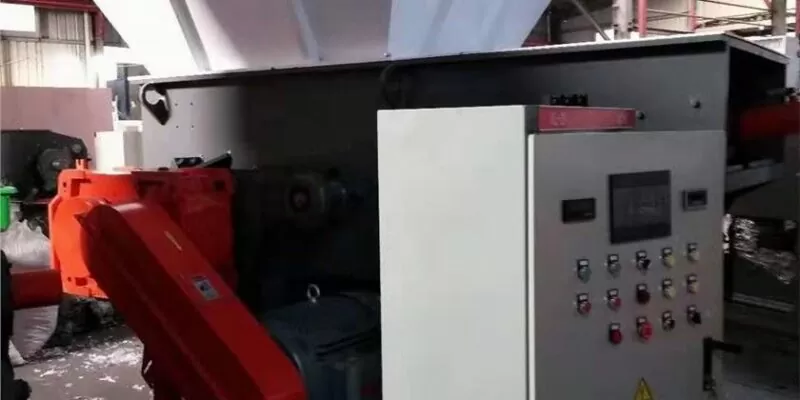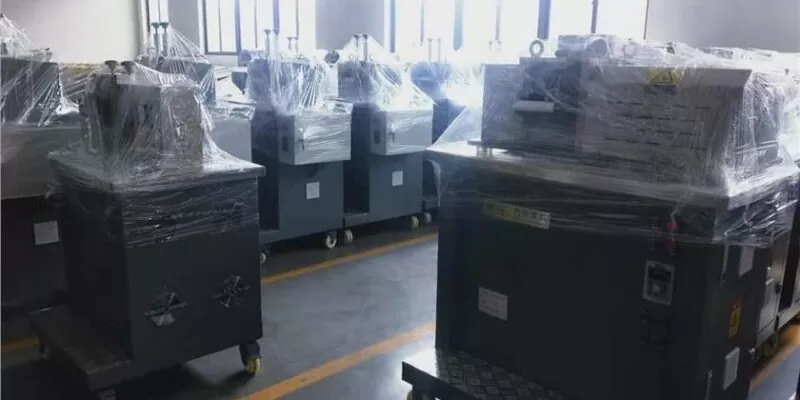Plastic waste is a nightmare. It clogs our oceans, fills our landfills, and refuses to decompose. But what if I told you that extruders hold the key to turning this waste into something valuable? That’s right—extruders don’t just process plastic; they create products we use daily, from water pipes to snack packaging.
Extruders make everything from plastic pipes and films to food products and 3D printer filaments. They shape and transform raw materials into useful items by pushing them through a specially designed die under heat and pressure. Without extruders, many industries would struggle to produce their essential goods.

So, what exactly can these machines create? Buckle up—you’re about to discover how extruders shape the world around us.
What Plastic Products Do Extruders Make?
Extruders are plastic’s best friend. They take shredded or pelletized plastic and melt it into a workable form. The result? Almost everything plastic you can think of.
Pipes and Tubing – Used in plumbing, construction, and irrigation.
Plastic Films – Think packaging wraps, grocery bags, and agricultural films.
Sheets and Panels – Used for signs, roofing, and even furniture parts.
Synthetic Wood – A popular alternative to traditional wood for decks and fencing.
Extruders don’t just stop at plastic. They’re behind some of the most crucial industrial components we use daily.
Do Extruders Make Food Too?
Yes, they do! Extruders aren’t just for plastic; they revolutionized food production.
Take snacks, for example. That crispy cereal or puffy cheese puff? Made by an extruder. It’s all about forcing food mixtures through dies to achieve a particular shape and texture. Here are some tasty examples:
Breakfast Cereals – Those crunchy flakes? Thank an extruder.
Pasta – The perfect spaghetti shape? Extruded.
Pet Food – Kibble is shaped and cooked in one go.
Snack Foods – Think Cheetos, puffed rice, and granola bars.
It’s efficient, fast, and ensures consistent quality every time.
How Do Extruders Help Recycling?
Plastic waste is overwhelming, but extruders give it a second life.
By melting and reshaping recycled plastic, they create new products like:
Recycled Plastic Lumber – Used for benches, decking, and outdoor furniture.
Eco-Friendly Packaging – Reducing reliance on virgin plastic.
Fiber for Textiles – Old bottles turned into polyester clothing.
Without extruders, recycling would be a costly and inefficient process. Thanks to these machines, we can turn yesterday’s trash into today’s treasures.

Can Extruders Make 3D Printer Filaments?
Absolutely! 3D printing is booming, and extruders make it possible.
Filament extruders melt plastic pellets and reshape them into the thin strands 3D printers need. These filaments come in various materials:
PLA (Polylactic Acid) – Biodegradable and easy to print.
ABS (Acrylonitrile Butadiene Styrene) – Stronger and heat-resistant.
PETG (Polyethylene Terephthalate Glycol) – A mix of durability and flexibility.
Extrusion technology is driving the 3D printing revolution, making rapid prototyping accessible to everyone.
What About Rubber and Metal Extrusions?
Extrusion isn’t just for plastic and food. It plays a massive role in shaping rubber and metal products too.
Rubber Seals & Hoses – Found in cars, windows, and machinery.
Aluminum Profiles – Used in construction, automotive, and aerospace industries.
Copper Tubing – Essential for plumbing and electrical systems.
From the wires in your walls to the window seals in your car, extrusion makes life easier and products more durable.
Conclusion
Extruders are everywhere. They make plastic pipes, food products, recycled materials, 3D printing filaments, and even metal parts. If it’s shaped and continuous, an extruder probably made it. This technology keeps industries running and our lives more convenient.
And if you’re in the market for top-notch plastic shredding and extrusion solutions, you know where to find me—Amige’s got your back.
